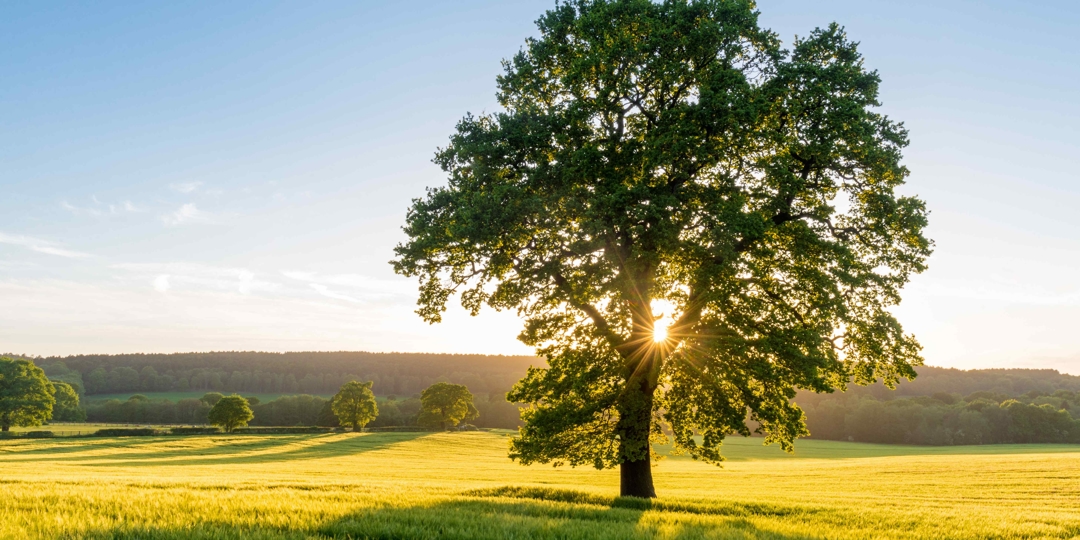The Anatomy of a Tree
We see trees everywhere as we go about our days. They’re growing in parks, shading parking lots, and adding the perfect touch to our front lawns. However, we don’t often take the time to stop and think about the parts of a tree that work together to keep it strong, healthy, and green. Want to learn the anatomy of a tree? Join the Monster Tree Service team for a tree anatomy lesson! Trees are complex living organisms (just like us), and the more you know about them, the better you can care for them. Learn the parts of a tree and their functions as we break down tree anatomy in this easy guide.
Why Should You Learn the Anatomy of a Tree?
Why is it important to learn tree anatomy? Trees are living organisms just like us. Understanding basic human anatomy makes it easier for you to describe your ailments to a doctor. Likewise, knowing the parts and functions of a tree will make it easier to describe conditions to an arborist, who can then diagnose and provide plant health care services. Knowing the parts of a tree and their functions helps us provide better care, pruning, and diagnosis for our trees.
The Different Parts of a Tree and Their Functions
Here are the main parts of a tree, their names, and their functions. We’re starting from the base and working up to the top!
Roots
You can find a tree’s roots at the tree's base spreading into the land below. Tree roots have two main functions: anchor the tree into the ground and transport water and minerals to the rest of the tree. Here are some of the main types of tree roots.
Root Flare or Collar: The area of the tree where the below-ground roots meet the above-ground trunk. Root crown placement is crucial to the tree's health and must be above the soil line.
Stability Roots: The thickest roots that spread wide and deep into the ground to support the tree.
Feeder Roots: Smaller roots that sprout off from stability roots to absorb water and nutrients from the soil.
Trunk
The tree trunk is the main central stem of the tree that links the roots to the crown. Tree trunks can be tall, short, skinny, or thick, depending on the age and species of the tree. Some trunks are mostly bare, like an oak tree. In contrast, other tree trunks have branches descending close to the base, like a fir. Trunks provide support for the crown and transport nutrients to the rest of the tree. Tree trunks have distinct layers forming rings, each serving a different purpose.
Heartwood: The center of the tree trunk that supports the tree's weight.
Sapwood: Newer rings that move water through the tree and eventually turn to heartwood as they age.
Cambium: The growing cell layer that produces new bark and sapwood during the growing seasons.
Inner Bark: Also called phloem, the second most outer layer that transports nutrients through the tree and eventually becomes outer bark.
Outer Bark: The outermost layer of the tree trunk that protects the inner layers from temperature changes, insects, and disease. Outer bark may shed, but inner layers replenish it over time.
Crown
The crown or canopy is the top of the tree, consisting of branches, leaves, and sometimes flowers and fruit. The crown is where the tree conducts photosynthesis, absorbing carbon dioxide, releasing oxygen, and creating energy and nutrients. Tree crowns can come in a variety of shapes.
Weeping Crown: Drooping crown seen on weeping willows
Full Crown: Round and busy crown
Pyramidal Crown: Triangular crown seen on firs
Spreading Crown: Twisting and expansive crown seen on oaks
Columnar Crown: Tall and skinny crown
Fountain Crown: Sprouting crown seen on palm trees
Branches
Branches make up the tree crown and serve as structural supports for the tree’s leaves, flowers, and fruits. Structural branches grow from the main trunk and shoot off into smaller secondary branches.
Scaffold Branches: Also called boughs, these are primary branches that grow directly from the tree trunk and support smaller lateral branches.
Lateral Branches: Secondary branches that sprout off scaffold branches, including twigs.
Leaves
Leaves grow out of branches and come in various shapes, sizes, and colors depending on the tree species and season. Leaves are the main conductors of photosynthesis for the tree. Plus, they help provide some cool shade for us humans!
Flowers and Fruit
Some trees produce flowers and fruit. First, buds will sprout from the ends of branches and twigs. Then, the buds will turn into flowers and produce fruit. Exercising proper tree pruning for fruit trees will help your tree stay healthy and create a better harvest.
Using Tree Anatomy to Keep Your Trees Healthy
Now that you understand tree anatomy, you can better care for your trees and identity when something may be wrong. For example, if your tree’s leaves are looking brown, your tree may not be getting the water or nutrients it needs at the root system to nourish the crown. When something looks wrong, call the Monster Tree Service team to get advice from the tree care experts. Our tree care services include essentials like pruning, fertilization, and disease management, to help keep every part of your tree functioning and healthy.

